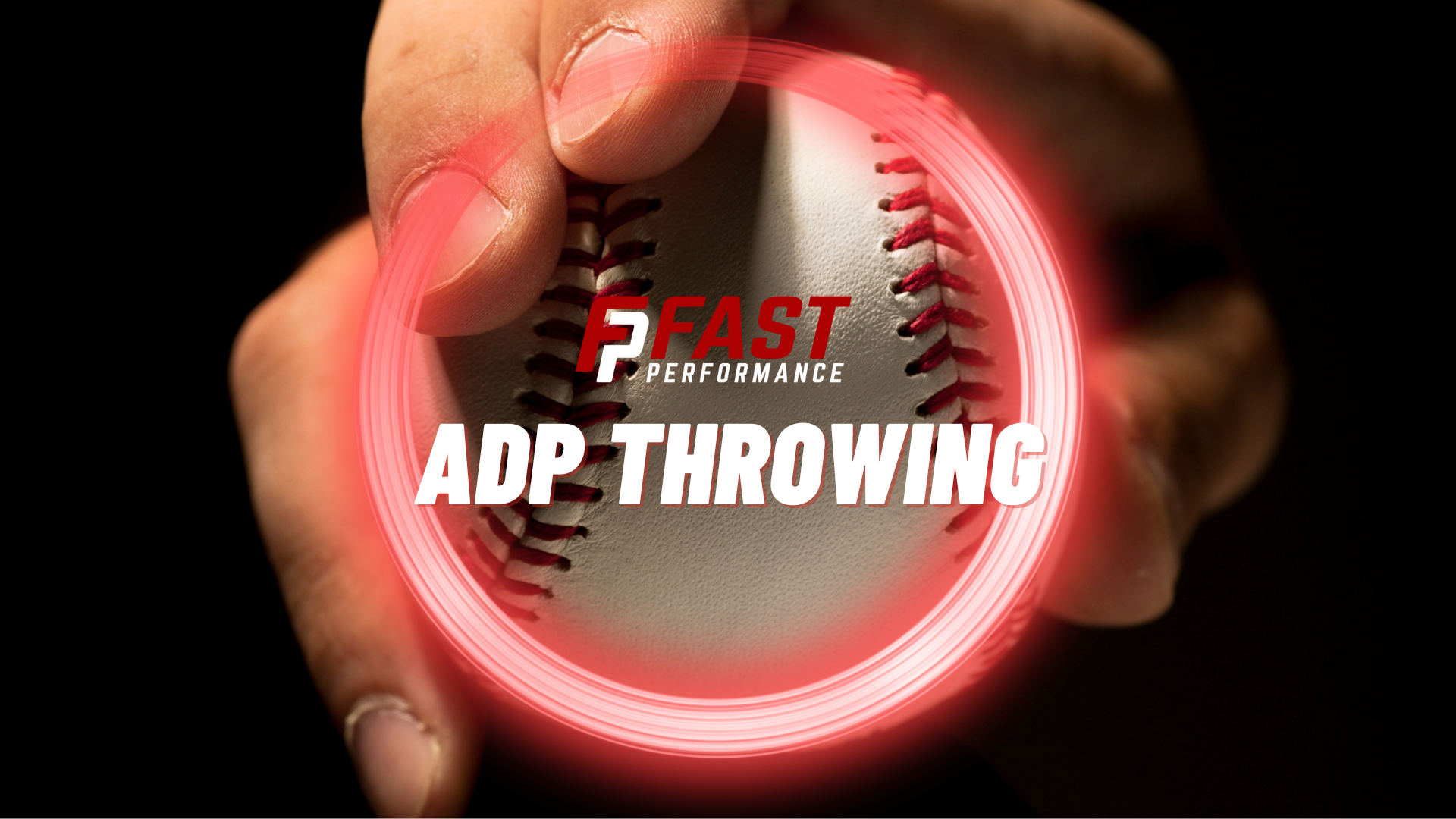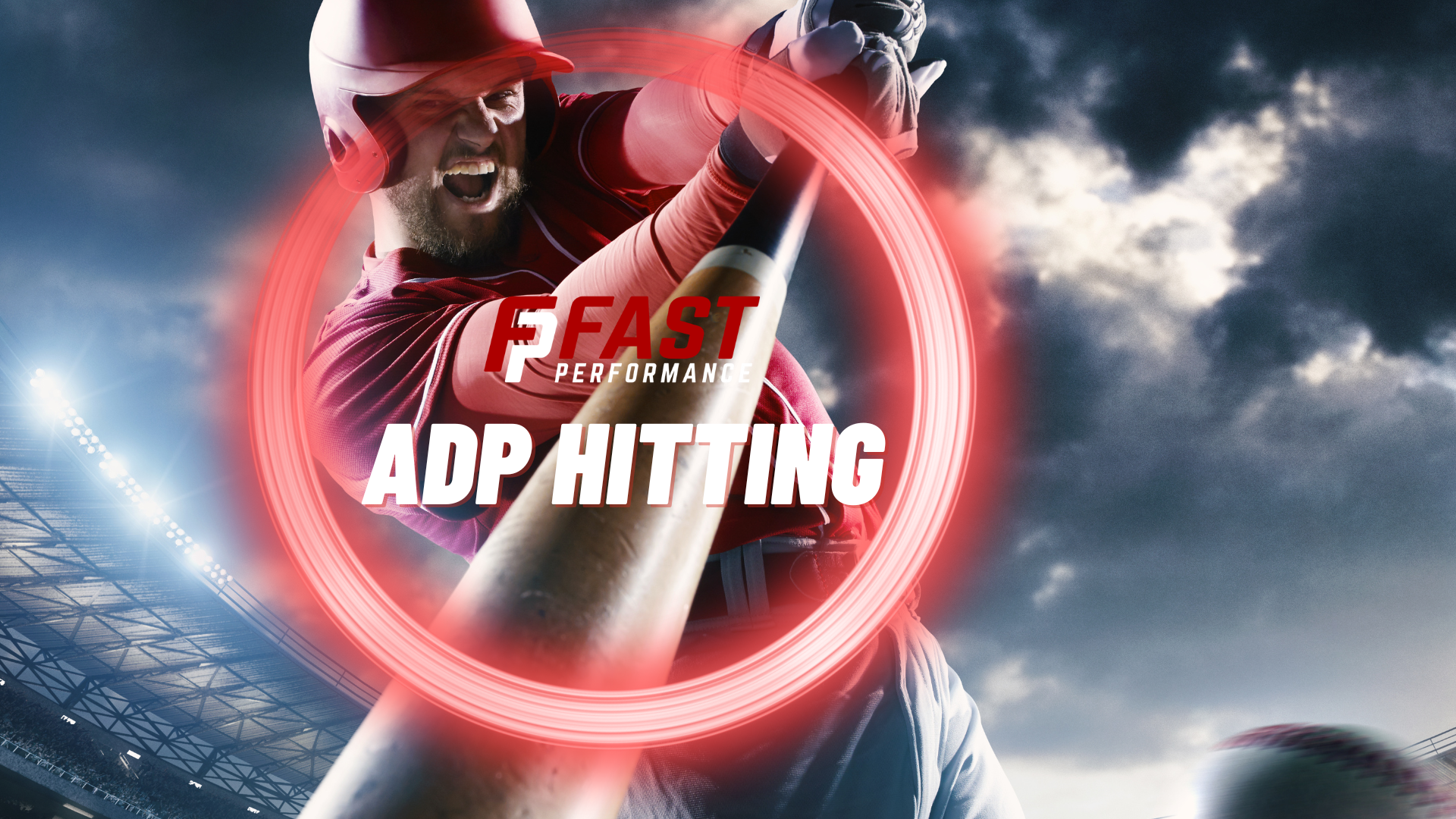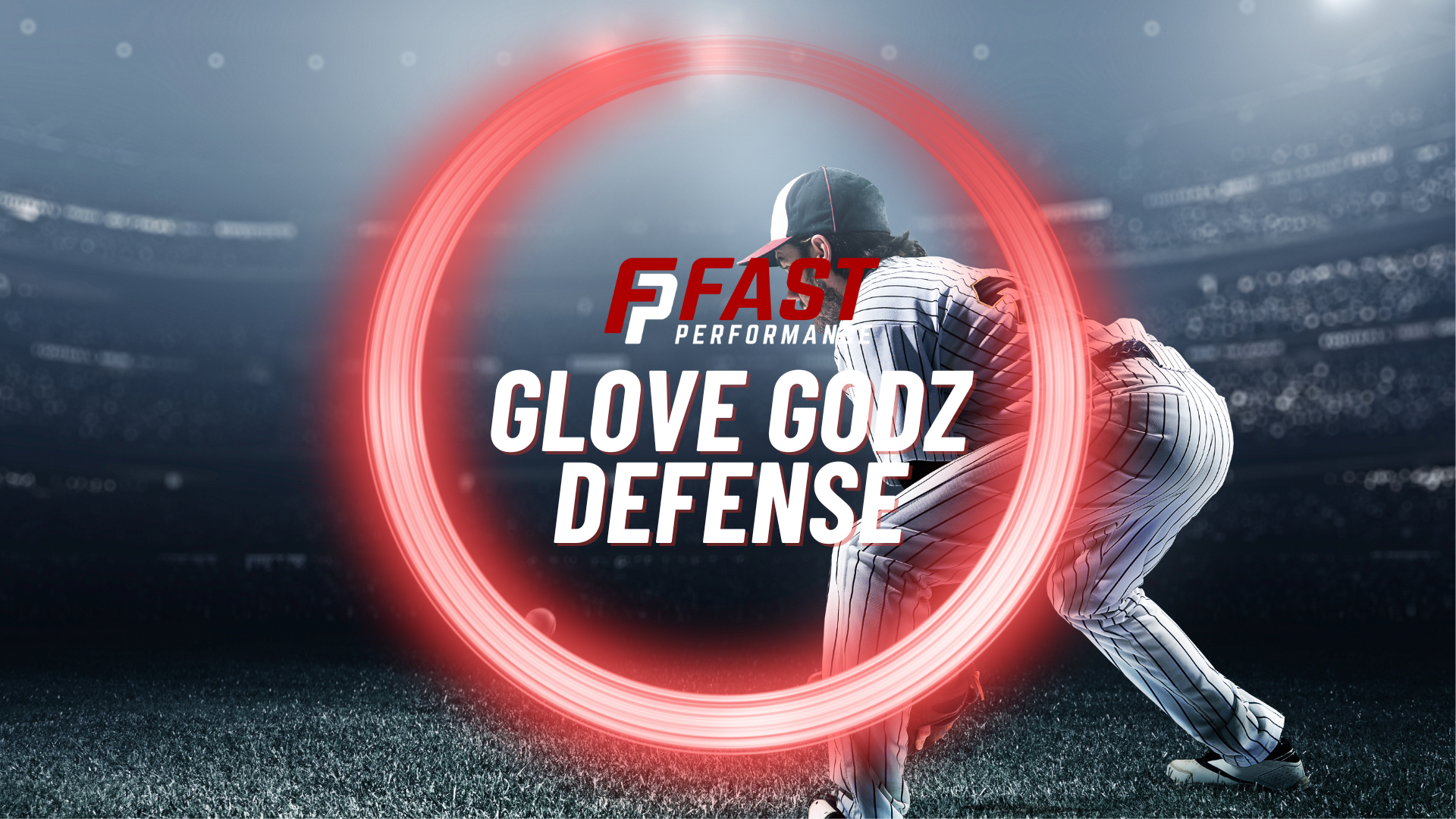Modern technology has made addressing common flaws or faults in baseball players’ form, function, and strength more effective.
Athletes today are being tested in a multitude of ways. This is to check under the hood of how the human body moves and reacts to an ever-changing environment on the field.
Starting with a young athletes’ complete evaluation and assessment, trainers will first focus on mobility and stability within the connective tissue. Range of motion, or the lack of it, can be an instrumental insight into shaping the player’s focus and training.

Application In Pitching
To make a better pitcher on the mound, the focus should be on becoming a better athlete first. Training to throw hard won’t start to happen just by playing long toss. Sure, those who are incredible athletes gifted with superior throwing mechanics can survive. Still, even the greats can now fine-tune their skills with technology focusing on the biomechanics of the throwing motion.
Using slow-motion video, among other great tools, can find early flaws that can’t be picked up with the human eye. Pitch velocity, ball movement profile, spin rate, spin efficiency, and biomechanics of the pitching motion can now be displayed for trainers to see and use to their advantage.
This data provides the necessary information to diagnose issues that wouldn’t typically be seen. Finding something early using the data can help break a motor pattern to support and maintain a healthy body.
Today’s pitchers are reaching higher and higher velocities – safe, flawless arm mechanics are crucial to longevity.
Fast instructors at Fast Performance are fluid in using this data and making players better. Understanding the information is crucial in teaching health issues and the performance side of what’s best suited for the player and their natural arm action.
Designing pitches that would be best suited for one pitcher’s release point vs. another can completely transform a pitcher. The plan is to make a hitter see a pitch that looks the same for the longest time before creating movement and depth in opposite directions.
This is now a skill that can be targeted and focused on using current assessment tools.
Ball movement, spin rate, and spin efficiency can help shape how a pitcher should utilize his pitches in specific counts after certain hitters’ results.
Compared to historical assessment methods, this is mind-blowing information.
Fast Performance has been masterful at utilizing this data to get clients to become pitchers and not just throwers.










